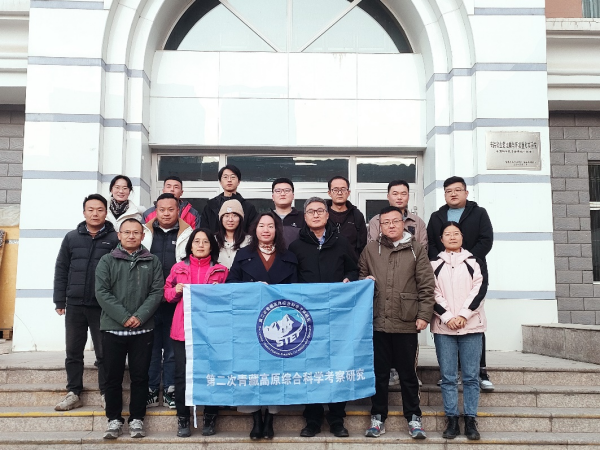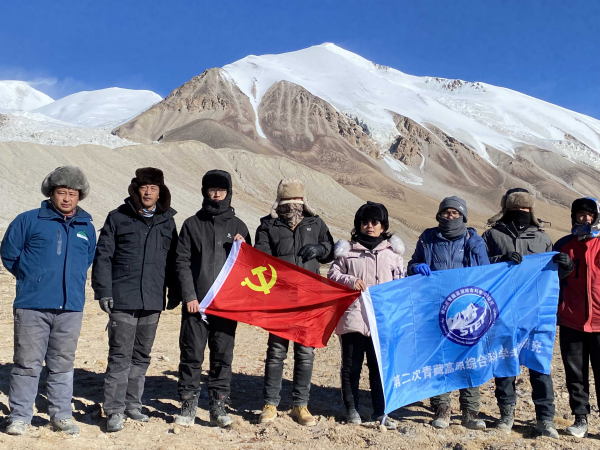The Qinghai-Tibet Plateau is the most important distribution area for salt lakes in China and even worldwide and the abundant rubidium (Rb) and cesium (Cs) resources in these salt lakes are vital strategic resources for China, playing an irreplaceable role in ensuring the long-term development of high-end manufacturing and clean energy industries. Therefore, the survey and rational development of Rb-Cs resources in salt lakes hold great strategic significance for the socioeconomic development of the country and the region. ISL undertook the project topic 8, "Current Status and Future Prospects of Rb-Cs Resources in Qinghai Salt Lakes" (2022QZKK0201), as part of the 8th task of the Second Comprehensive Scientific Expedition to the Qinghai- Tibet Plateau. This project includes the Hoh Xil Salt Lake Area, which is one of the four major uninhabited regions.
Nicknamed the "forbidden zone of life," the Hoh Xil Salt Lake Area presents harsh working conditions and extremely limited accessibility. In the past, due to limitations in research technology and working conditions, investigations of the salt lake resources in the Hoh Xil hinterland mainly focused on the basin itself and the surface water, lacking comprehensive scientific surveys from multiple perspectives and scales, such as the source bedrock, hydrothermal replenishment, salt circulation between underground and surface water in the basin, and the resource effects on the salt lake area as a source region for the Qaidam Basin. Therefore, it is urgent to carry out a more in-depth and comprehensive investigation of this region.
On December 4, 2023, led by Deputy Researcher Kong Fancui from the Laboratory of Salt Lake Geology and Environment at ISL, a scientific investigation team consisting of nine members spent 14 days traveling over 6,000 kilometers to systematically investigate the content and distribution, sediment characteristics, natural environmental conditions, and resource endowment of Rb-Cs resources in 12 salt lakes in the northern part of the Hoh Xil Salt Lake Area. They collected more than 100 samples, including rocks, sediments, deep hot water, shallow groundwater, and rivers. Over 500 sets of data on hydrochemistry, non-traditional stable isotopes, and radioactive isotopes were obtained. The investigation revealed that due to global warming, the expansion of lake areas and significant freshwater dilution phenomena in the northern part of the Hoh Xil area pose challenges for the future development of Rb-Cs resources in salt lakes.
The expedition team successfully completed the mission despite adverse environments such as high-altitude hypoxia, harsh weather conditions, and treacherous roads. This scientific investigation has provided valuable data support for understanding the distribution patterns of Rb and Cs elements in the "source-sink system" of the Qaidam Basin, identifying the sources and migration processes of ore-forming materials for Rb-Cs resources in salt lake areas, and quantifying the supply of Rb-Cs elements from the surface water-groundwater system in the salt lake region. It holds positive significance for assessing the reserves of Rb-Cs resources in Qinghai Salt Lakes and strengthening China's discourse power in the global resource market.


